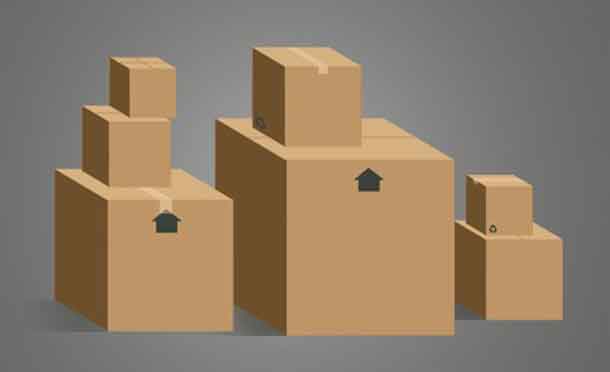THUNDER BAY – LIVING – Setting realistic self-improvement goals starts with understanding where you currently are. While for many people goal setting and goal achieving is simple, for many others it is a major roadblock to success.
Setting and reaching goals is a structured process that begins with clear, well-defined objectives. To start, goals should be specific, measurable, achievable, relevant, and time-bound (SMART). This methodology ensures that each goal has a clear end point and criteria for success. For example, rather than setting a goal to “exercise more,” a SMART goal would be “to exercise for 30 minutes, three times a week for the next three months.” This specificity not only clarifies what success looks like but also makes it easier to track progress and adjust the plan as needed.
The next step in achieving goals is creating a detailed action plan that outlines the steps needed to reach each goal. This plan should include smaller milestones that act as short-term objectives leading up to the main goal. By breaking down a large goal into manageable parts, the task becomes less daunting and more achievable. It’s also important to anticipate potential challenges and plan for how to address them. Regularly reviewing progress towards these milestones can provide motivation and insight into whether your strategies are effective or if they need adjustment.
Finally, maintaining motivation and staying committed are crucial for reaching any goal. This can be supported by keeping the reasons you set the goal in mind and visualizing the benefits of achieving it. Building a support network of friends, family, or colleagues who understand your goals can also provide encouragement and accountability. Additionally, flexibility in adjusting your goals and strategies in response to changing circumstances or insights gained through experience is important. This adaptability can help sustain progress towards your goals despite any obstacles that come your way.
Here are some questions to consider:
- Daily Routine: What does your typical day look like from morning to evening?
- Physical Activity: How often do you exercise, and what types of activities do you engage in?
- Diet: What does a typical day’s meals look like for you? Are there specific dietary needs or preferences you follow?
- Work and Education: What are your main responsibilities and tasks at work or in your studies? How do you feel about your current job or educational path?
- Social Interactions: How often do you socialize with friends, family, or colleagues? What do these interactions usually involve?
- Hobbies and Interests: What do you do for fun or relaxation? Are there any hobbies or interests you’d like to spend more time on?
- Sleep: How many hours of sleep do you get on a typical night? Do you feel rested when you wake up?
- Stress and Well-being: What are your main sources of stress? How do you currently manage stress?






